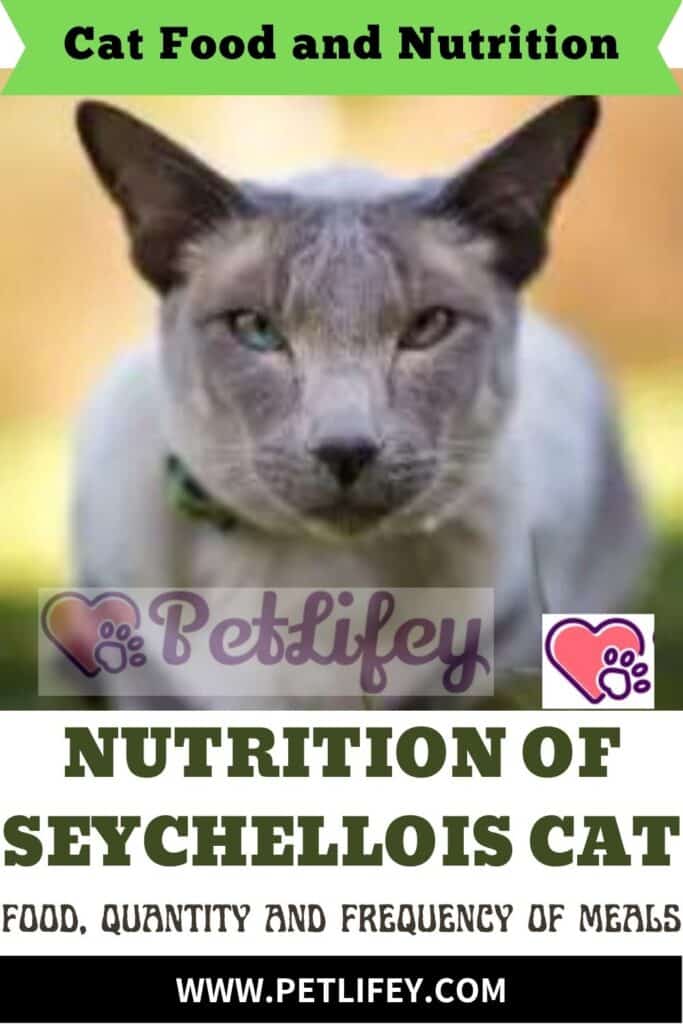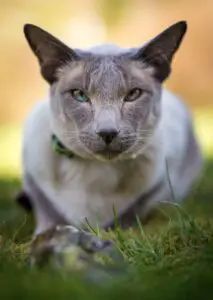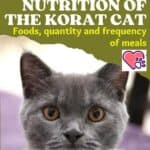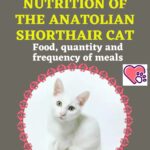
What nutrients cannot be missing from the perfect diet for the Seychellois cat? Here’s how to plan your cat’s diet.
The foods that we give to our four-legged daily affect its health: we discover the ideal diet to keep our beloved Seychellois strong and healthy for as long as possible.
Nutrition of the Seychellois: doses and frequency of meals
When and how much should the cat eat? This is a far from trivial question.
A correct frequency of meals, in fact, is crucial so that the energy level of the cat always remains constant.
For this, we will be able to choose between two solutions, opting for the most appropriate one to satisfy our needs: in the first case, we will be able to give the cat food twice a day, in the morning and in the evening; in the second case, however, we will be able to divide his ration into small snacks, to be given to him regularly throughout the day.
Establishing a suitable amount of food to meet the animal’s nutritional needs, without causing the risk of excess weight accumulation, is also crucial.
In this case, it is advisable to contact the veterinarian. The professional will establish the most suitable meal plan, based on a series of strictly personal factors, such as the cat’s age, health, lifestyle and weight.
In principle, it is possible to identify the ideal dose of wet food by multiplying each kg of the cat’s weight by 40 grams.
Once this figure is obtained, simply divide it by 3 to calculate the amount of kibble.
What to feed the Seychellois
What foods should not be missing in the Seychellois cat’s diet?
First, domestic cats should never eat meals intended for other species, including dogs and humans.
Their organism, in fact, is different from ours and that of other animals. For this, it needs particular nutrients and, at the same time, it cannot take others, the effects of which would prove to be toxic.
For example, the amount of carbohydrates consumed by cats should be very minimal: feeding the cat with an excessive amount of sugar, in fact, could increase the risk of:
- Hyperglycemia;
- Overweight;
- Hyperinsulinemia;
- Diabetes mellitus.
What, then, are the nutrients that felines need? The feeding of these animals should be mainly based on the intake of proteins of animal origin.
In fact, cats are carnivores. For this, they should eat meat and fish regularly.
From foods such as tuna, salmon, chicken and beef, cats assimilate essential substances for their well-being, which their bodies cannot produce on their own.
These are the B vitamins, essential for the correct functioning of the animal’s vital functions.
Home or industrial nutrition for the Seychellois?

Which diet to prefer between home and industrial food for the Seychellois? Before answering this question, let’s try to understand what the difference is between her two.
The first method involves the complete preparation of the cat’s meals, from the purchase of raw materials to their cooking.
It goes without saying, therefore, that this is a more demanding option. Among its advantages, however, there is the possibility to choose healthy ingredients and methods of preparation, supervising every phase of transformation of the food intended for the cat.
If you choose the home diet, it is essential that the vet plan it, to avoid the onset of nutritional deficiencies caused by an unbalanced diet.
The second possibility, on the other hand, is the more practical one, which consists in buying ready-made baby food, directly from the shelves of specialized shops.
In this case, you will need to pay attention to the list of ingredients on the back of the package, to make sure that the product is actually good.






